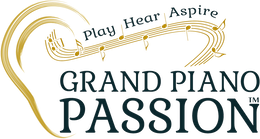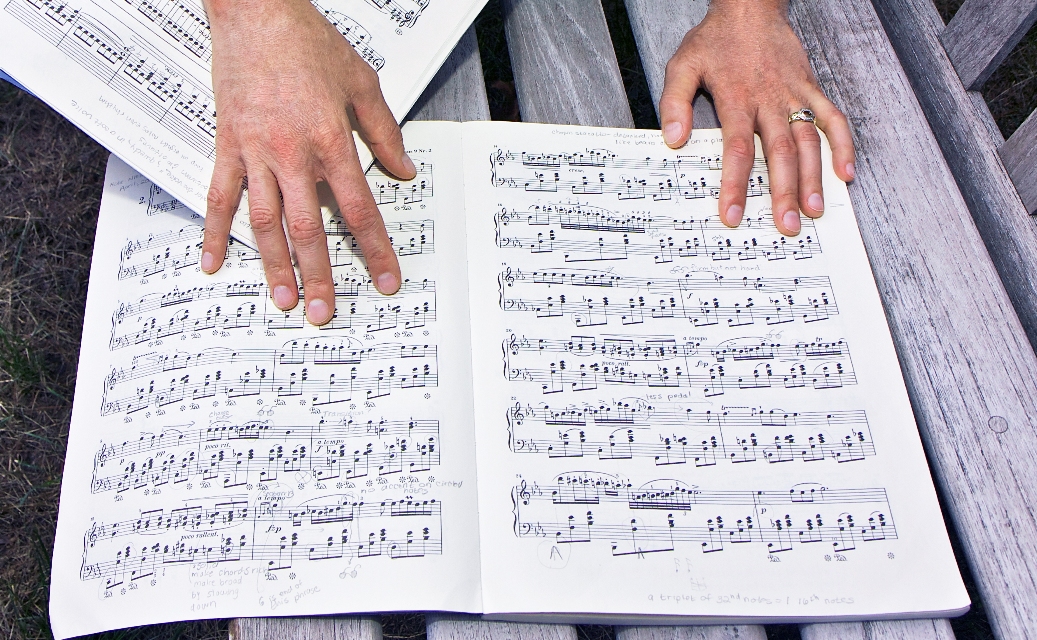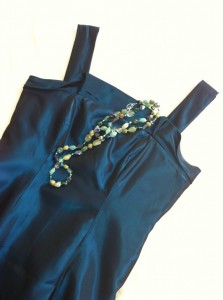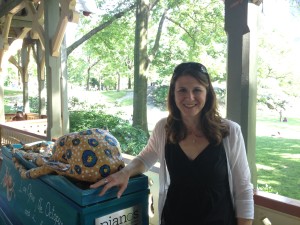Last week at a New York Piano Society audition, I learned first hand the value of having reentry points in my classical piano music.
I love the Raindrop Prelude, its dreamy melody, its thunderous storm clouds, its wistful ending. Yet in the first section, where the opening melody develops into a reminiscing tone, I have developed a mind block: I miss a particular A-flat, then blank.
This problem first occurred this past May, as I rehearsed the Chopin Prelude on the stage at Baruch Hall. Scheduled to play the music in the New York Piano Society’s concert in less than two hours, I flubbed on an A-flat. Not having done this before, I figured it was a random mistake from performance nerves.
Wrong. During the concert, I fudged the A-flat, froze for what seemed like an eon of time but what was actually a fraction of a second, then bounced back to the Prelude’s opening. This strategy was exactly what Stephen, my piano teacher, had advised not to do, lest I get stuck in an endless loop. Please don’t let me get stuck in an endless loop, I prayed, and somehow on the second try I made it past the offending A-flat.
I did not foresee that I was about to embark on an unwelcome learning experience as a student of adult piano lessons.
A few weeks after the concert, at a piano recital at Crane’s Mill, a retirement home in New Jersey, I stopped dead in my tracks at the A-flat. I jumped to the end of the first section, cutting off about 20 measures of gorgeous music. I felt disappointed with myself.
My college roommate used to say that bad luck comes in threes, so I knew I needed to make a change for the New York Piano Society audition six months later, in early December. I memorized three different reentry points following the A-flat, then practiced restarting the music at each juncture.
The audition for the society’s early 2011 concerts took place at the Ann Goodman Recital Hall. During my audition, my A-flat nemesis flared again. I stared at the keys, almost shocked that they would let me down. I returned to the Prelude’s beginning, but once I tried to cross into the A-flat territory, my body-mind hand connection broke down.
Reentry point, I reminded myself, jumping forward to a friendly E-flat and miraculously picking up the music’s thread once again. By this time my face was red and my fingers shaking, but once I calmed down, I relaxed into the music.
Hopefully other students of adult piano lessons will not take as long as I to adopt reentry points. My piano teacher, Stephen, had advised this for at least a year before I finally took his advice. Memorizing reentry points is one of those boring adult activities like changing air conditioner filters or flossing nightly. How much more satisfying it is, for students of adult piano lessons, simply to revel in the music. Then again, reentry points can transform a piano recital or performance.





I have a friend, piano teacher, who wishes toove into a career of performance, how would you suggest he do this ?
Dawn, thanks so much for writing. Our website is geared for adults who study the piano and amateur musicians, so advising on a performance career is beyond our scope. We do have articles on performing as a student/amateur, which your friend may find useful as a starting point. Best, Nancy